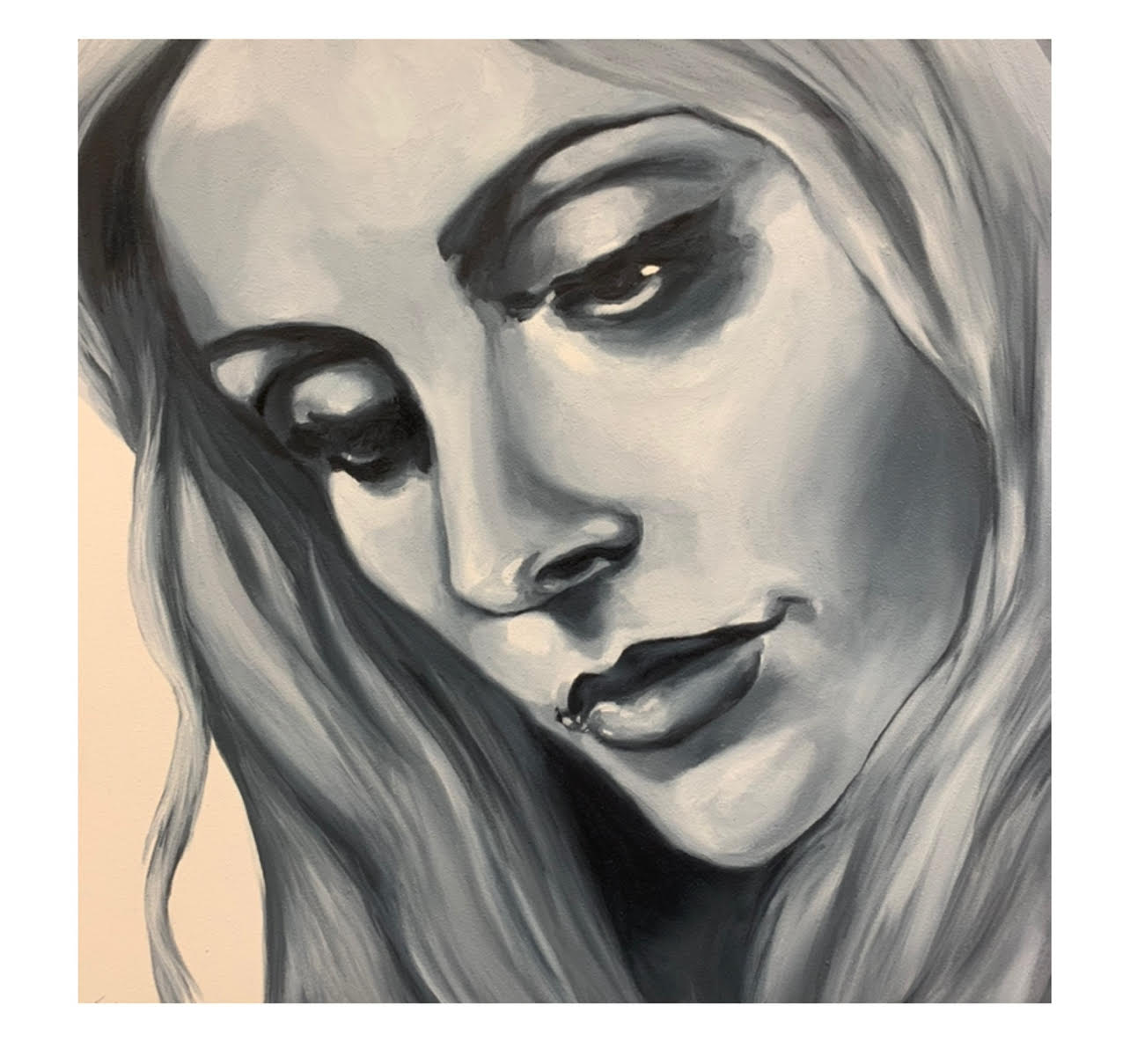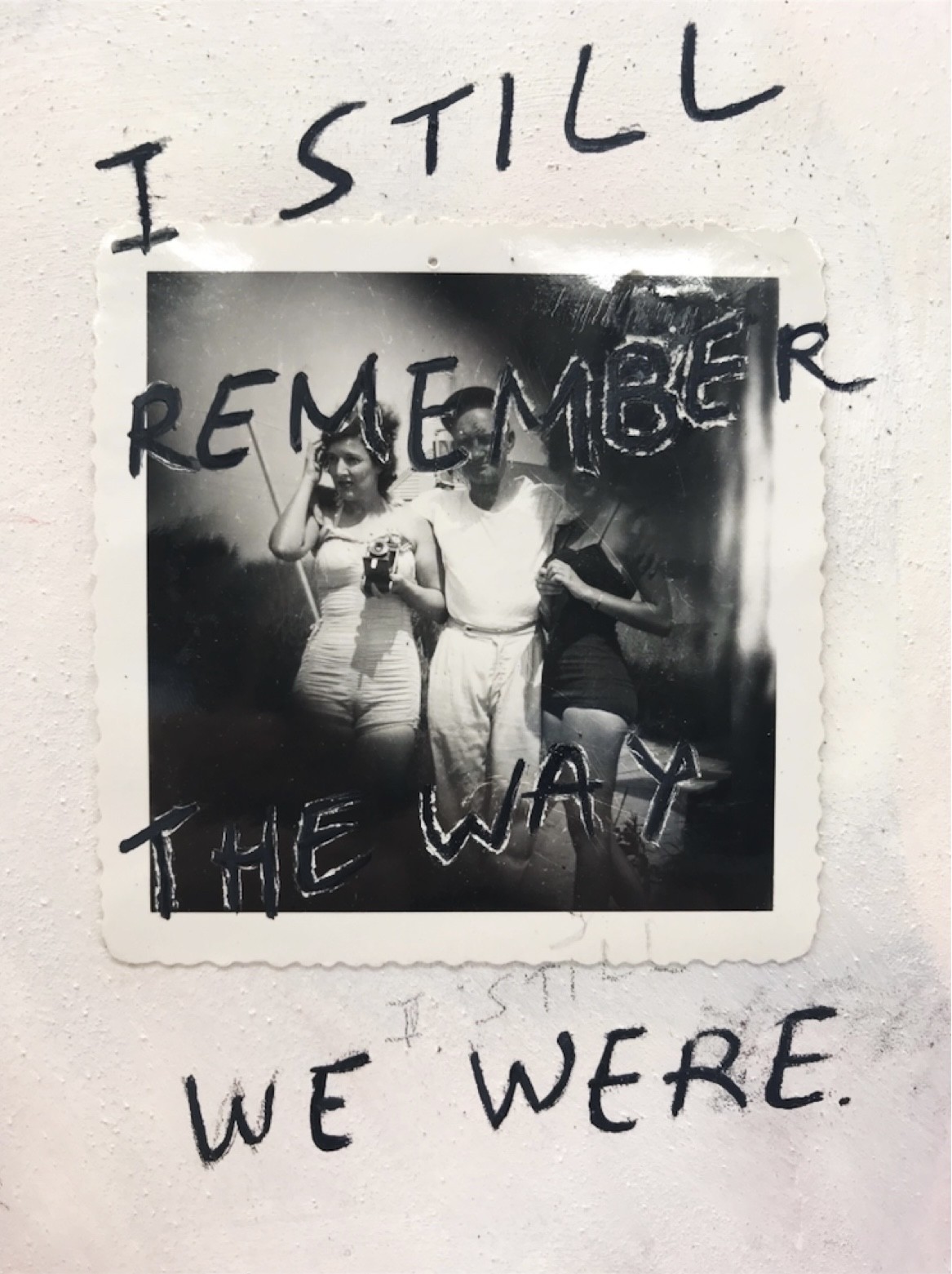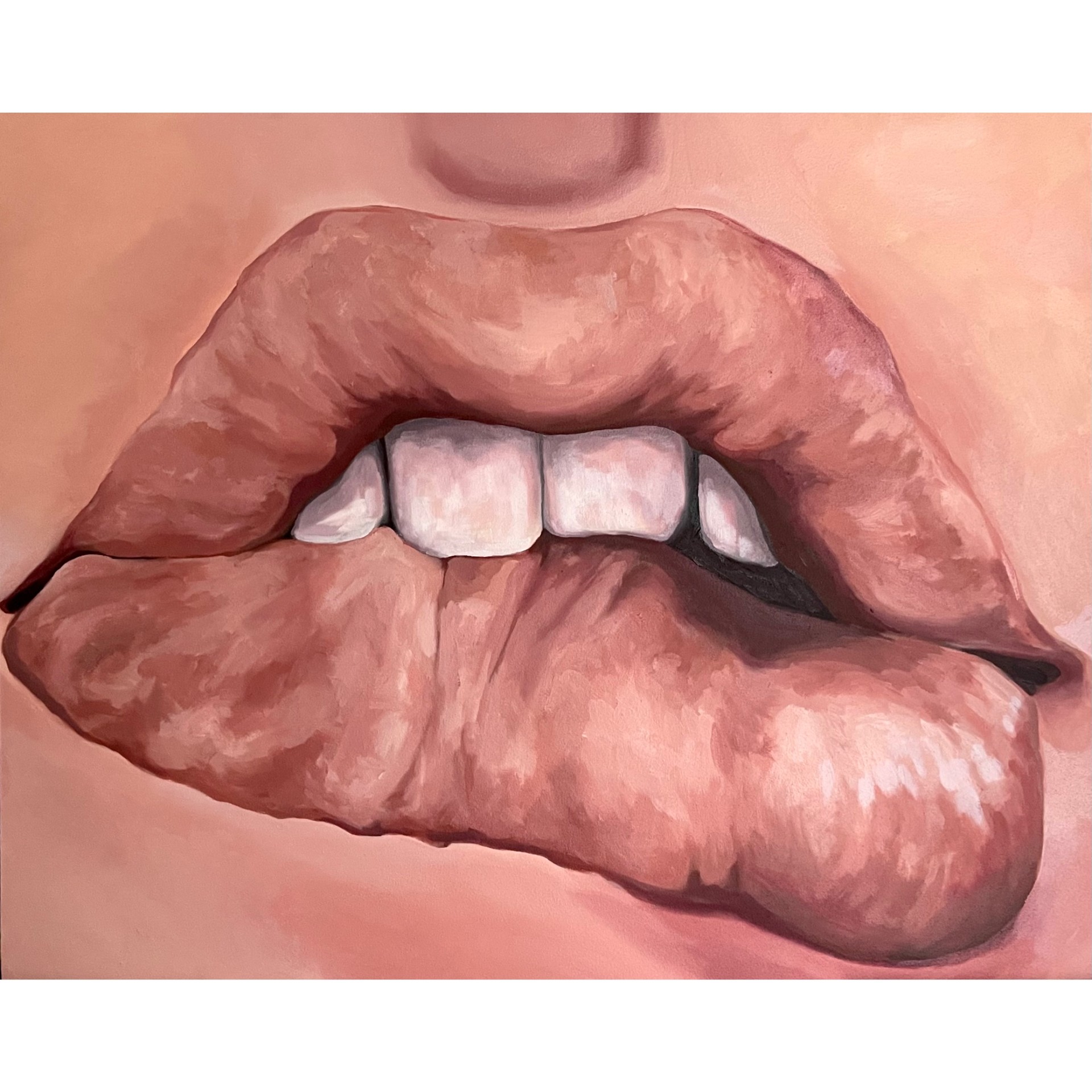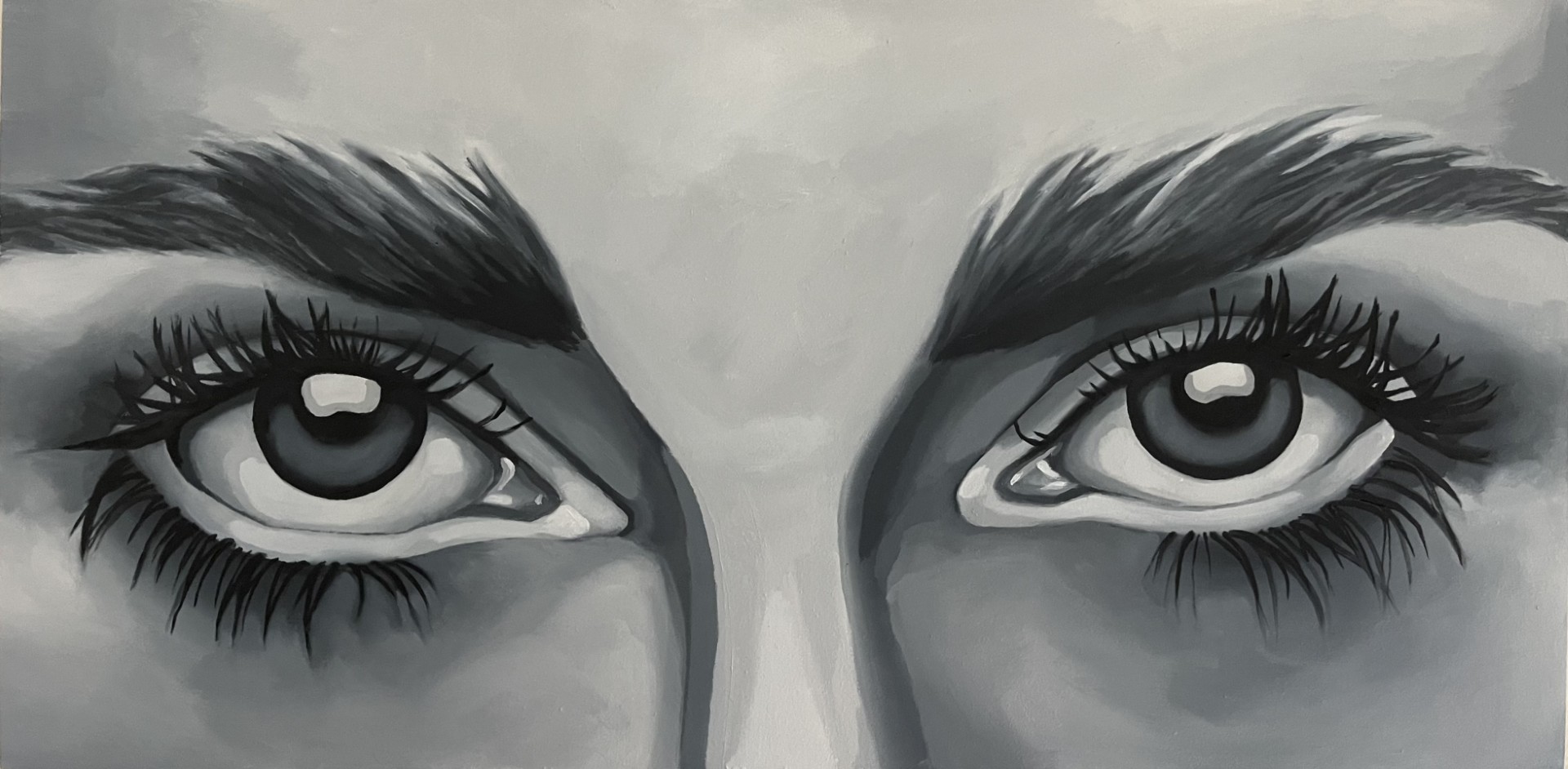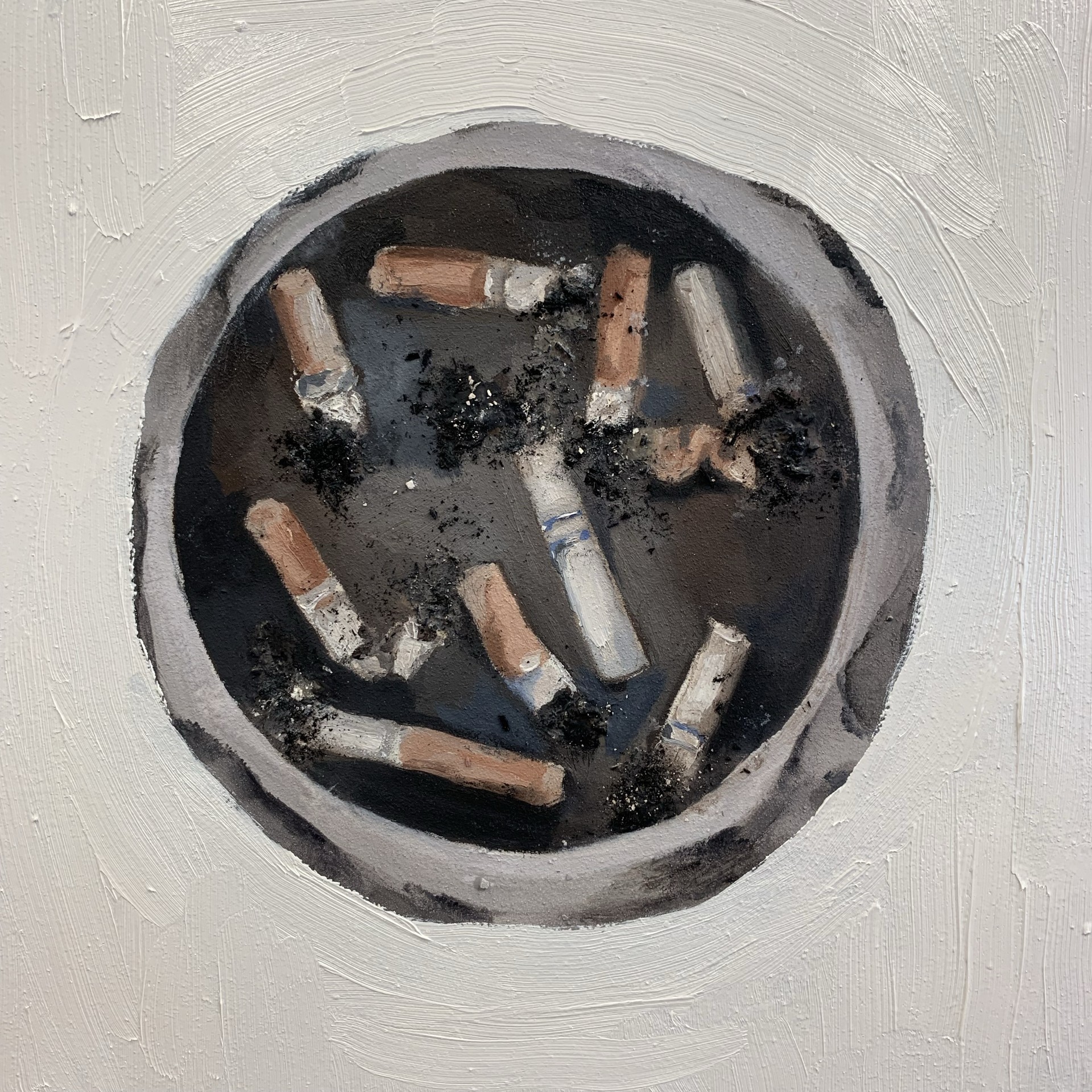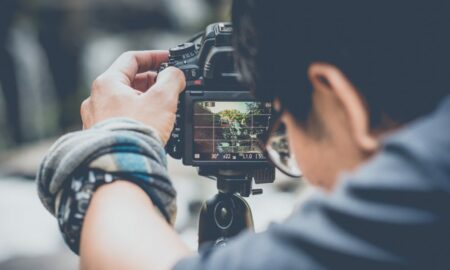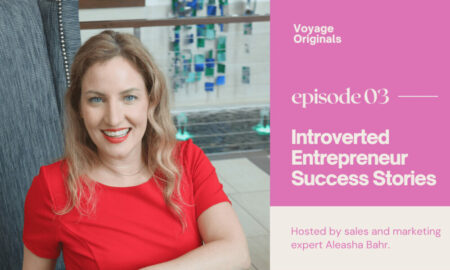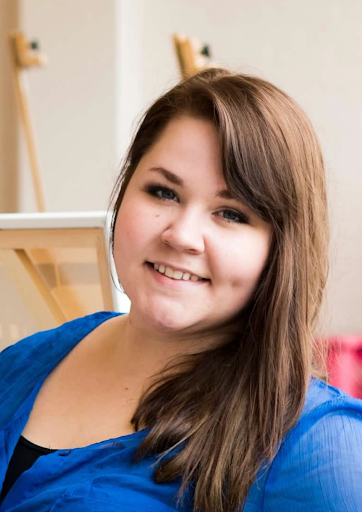

We recently had the chance to connect with Madison Luetge and have shared our conversation below.
Madison, really appreciate you sharing your stories and insights with us. The world would have so much more understanding and empathy if we all were a bit more open about our stories and how they have helped shaped our journey and worldview. Let’s jump in with a fun one: Have any recent moments made you laugh or feel proud?
I have recently revived the Art Club at the college I work at and the group we have this semester is so motivated and involved. Of course this is what everybody would hope for, but for it to actually happen is totally different. Having students that want to be involved and want to build a community has been a rarity since the pandemic. They are a great group that makes me feel like I am making a difference.
Can you briefly introduce yourself and share what makes you or your brand unique?
My name is Madison Luetge and I am a working artist as well as a college professor at Blinn College in Brenham. I have my Bachelors of Fine Arts from East Texas A&M University and my Masters of Fine Arts from the University of Houston. My medium of choice is oil paint and my work ranges from portraits to handwriting. The work I make serves as an introspective portrait through images of fleeting expressions, personal effects and the written word.
Okay, so here’s a deep one: Who taught you the most about work?
Gerard Huber was my first studio professor at East Texas A&M University and the course was Drawing 1. Before college, I knew I could draw, but my confidence was limited, as was my skillset. Somehow I had convinced myself that I could only draw a few things and that I was a very limited artist. I arrived to my first day of class very shy and timid.
Gerard was commanding, stoic and meticulous. The course was rigorous, for sure, but it ultimately served as a strong foundation for developing as an artist. Critiques were hours long and thorough. What struck me the most was Gerard’s ability to always present something positive about a drawing that lacked a lot. He had a way of gently guiding the critiques and still being firm: he provided solutions and alternatives if a student struggled and he could always find something positive and reinforce that encouragement. However, he always kept his expectations high.
I realized pretty quickly that he was someone I wanted to emulate. After that course, I worked with him for a few semesters as an independent study. We spent a lot of time discussing art history, techniques and the general tenets of what it takes to be an artist.
Gerard Huber shaped who I am as an artist and an educator.
When did you stop hiding your pain and start using it as power?
When I got to grad school, I made these really odd paintings from photos I bought on eBay. I was kind of stuck in this idea of traditional portraiture that was really starting to feel like a dead end. The photos were beautiful, but I started really paying attention to the handwriting on back of them and I started thinking about the writing as its own image. Soon, the image was secondary to the writing and I started playing with the idea that the writing could actually serve as the portrait itself.
That was a tough idea to consider because I was so rooted in tradition and I didn’t have the confidence to jump on the conceptual train. I reminded myself I was in grad school and I had the time and resources to at least try.
Once I took that leap, there was no looking back. Integrating the handwriting from the photos opened the door to simply making paintings of other peoples handwriting I had found. The handwriting itself lendt a new voice, but the actual words and phrases became deeply personal. I used found notes, postcards, and even bathroom graffiti that all had a diaristic tone, thoughts you would never announce to strangers. Subconsciously, I was using those thoughts, the writings, to express my own inner thoughts and feelings. They weren’t my words or my handwriting, but I felt them all on a very deep level.
Using the handwriting led me to a place where I could express my thoughts, but also validate them through someone else’s voice. That validation made me less lonely. For one of the first times in my life, I had found a way to be explicitly expressive of myself and also find commonality. I wasn’t adhering to certain rules of tradition or hiding behind ideas of propriety. This evolution wasn’t just artistic, but personal.
Sure, so let’s go deeper into your values and how you think. How do you differentiate between fads and real foundational shifts?
I am always very wary of trends and fads. It is very rare that I participate in the newest craze. Truthfully, I am inherently skeptical of anything new and popular because the motivations are simply to sell more of something. Time is usually the differentiating factor between fads and foundational shifts. If something is still held in regard a year after it was launched, it might be really something. For the most part, I keep my head down and keep making my work.
Before we go, we’d love to hear your thoughts on some longer-run, legacy type questions. When do you feel most at peace?
I feel most at peace when I am painting or drawing. When I paint, I am an inventor and I get to take risks and have fun. When I’m drawing, I’m contemplating, observing and thinking. Both painting and drawing bring me a peaceful mindset that allows me to focus and create. I think in a world of instant gratification and infinite information, slowing things down and creating is one of the most peaceful things there is.
Contact Info:
- Website: https://MadisonLuetgeArt.com
- Instagram: madison_in_real_life
